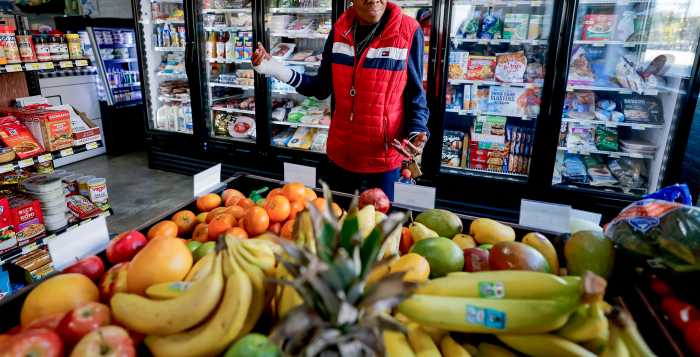Way back in the late ’70s, when most of us heard the term “The information superhighway” little could we imagine that this would signal the beginning of a totally new way of life in terms of learning; imparting and receiving information, and embracing the tools employed in this process such as desktop/laptop computers, tablets, smartphones and similar mini devices that are commonplace today.
Teachers are expected to integrate this technology into the classroom, but the sad reality is that this is not always an equal opportunity endeavor since it is largely dependent on available resources for such provisions. The end result is that we risk creating a generation of students ill-prepared for a digital future.
A closer look at this situation today, given the current pandemic and its effect on students and families, reveal that children are expected to have internet access and a computer for online learning as schools remain open to reduced capacity and students and teachers are home-based some of the time.
Technology helps to level the playing field since regardless of where in the world one resides, even in the poorest and most remote areas having such basic necessities every child has the opportunity to connect, learn and participate in a global society in ways that were once impossible.
In the real-world circumstance, one must contend with the fact that there is still a huge gap between how much access rich and poor children have to technology for online learning; the digital divide. This contributes to the achievement gap between students based on their economic status and is tantamount to one set of students being prepared to be all that they can be and another for lesser stations in life or just the bare necessities.
—Chester McGibbon

































